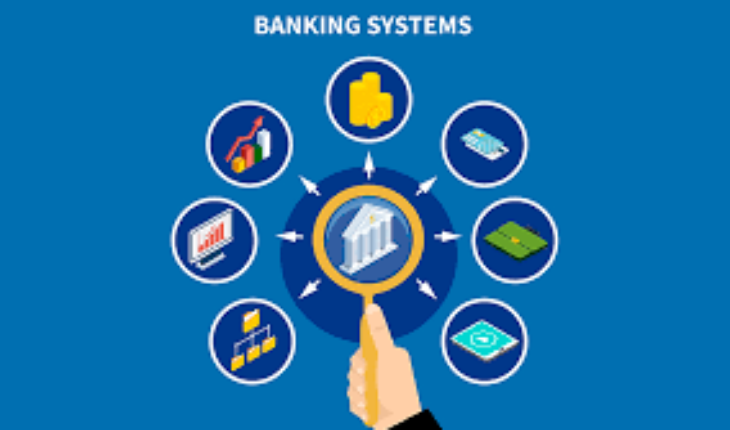New Delhi: A pre-approved BNPL (Buy Now Pay Later)instrument, travel insurance at a boarding pass printing kiosk, auto-routing of cashbacks for micro-investment and seamless credit to pay for hospital expenses are amongst a host of embedded financial services that may be rolled out by neo banking business models, riding on a robust infrastructure like UPI and open networks, an ASSOCHAM-PwC study has pointed out.
A comprehensive knowledge paper ‘Embedded financial services in India’, brought out by ASSOCHAM-PwC stated that digital transformation built on the foundational blocks like Unified Payments Interface (UPI), secure data and open networks including Open Credit Enablement Network (OCEN) and Open Network for Digital Commerce (ONDC), is opening a minefield of opportunities for taking the country’s banking and financial architecture to the next level of technology and user experience.
”Compared to traditional banks or money transfer companies, neobanks are considered as a more convenient alternative. Moreover, they use innovative technologies to solve existing challenges in cross-border payments,” ASSOCHAM Secretary General Deepak Sood said, adding customer services and experience would be defining characteristics of neobanking.
The paper emphasised that the financial service providers will need to embed offerings deeply within curated customer journeys around specific needs. India’s digital transformation, coupled with improved consumer access, reach and technology proliferation, has opened doors for innovation across the industry.
”With multiple organisations across industries having tapped into the same to enhance customer engagement, the next wave of innovation in the financial services industry will come in the form of curated customer journeys being seamlessly embedded with financial offerings”, said Vivek Patil Partner – Financial Services Advisory, PwC.
Giving an insight to the service providers, the paper said it would be helpful to contextualise the offering based on the type of customer it will cater to. While embedded FS offerings could apply to both retail customers as well as small businesses – both having their unique needs – it could be helpful to segment customers into value-conscious, savings-conscious, or service-conscious in order to determine and design the type of product and experience. For instance, a value-conscious customer could be more inclined to look at FS products that facilitate consumption/experiences with a focus on quality and value (lending, investments), while a savings-conscious customer could be more focussed on risk management and associated products (e.g. insurance, savings).






